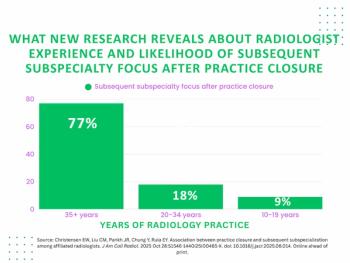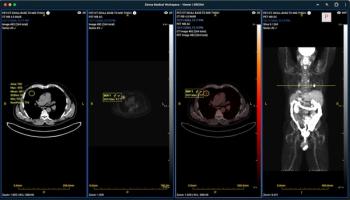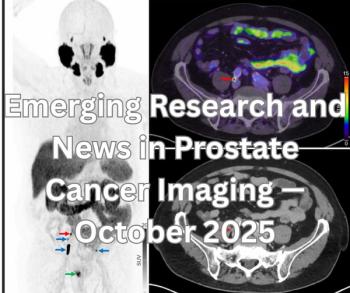
Cast collimators offer nuclear edge
Manufacturers of SPECT cameras might improve equipment performancewith an advanced microcast fanbeam collimator developed by NuclearFields. The technology creates ultra-high resolution nuclear imagesthrough the use of uniform casting technology and
Manufacturers of SPECT cameras might improve equipment performancewith an advanced microcast fanbeam collimator developed by NuclearFields. The technology creates ultra-high resolution nuclear imagesthrough the use of uniform casting technology and pinholes thatare smaller than other collimators.
A prototype of this collimator was shipped to one OEM clientin early spring. Des Plaines, IL-based Nuclear Fields expectsto go into full-scale production later this year, according toRonnie Keijzers, marketing sales manager.
"At this time (the collimator) is being made for a specificclient, but it is readily available to whoever wants it,"he said. "We do all the research and development ourselves,so we are free to offer (our products) to anybody."
The added precision of cast collimators comes at a price--about30% to 40% more than foil collimators.
"Six or seven years ago, it was difficult to sell a castcollimator because camera technology wasn't that advanced,"Keijzers said.
Recent improvements in camera electronics, however, have madecollimator precision a greater concern, he said.
The most expensive cast collimators sell for about $15,000.This is a significant component cost, but it is small comparedto the $500,000 price of some SPECT cameras. Although the 15-year-oldcompany has sold individual collimators to universities and medicalcenters, its primary customers are OEMs.
Nuclear Fields has produced cast collimators for such gammacamera makers as Elscint, GE, Hitachi, Picker, Siemens, Sophaand Toshiba.
New tooling for making the 1-mm hexagonal pins needed to producethe holes is key to the ultra-high resolution fanbeam collimatornow being readied for production.
These pins are set in specially designed casting molds whenmanufacturing the collimator. Lead is then poured into the moldsand the pins are extracted. What is left resembles a honeycomb.Making the hexagonal pins is the most difficult and costly partof the process, Keijzers said.
Microcast collimators differ from foil collimators, which achievea honeycomb structure by the gluing together of foil strips. Themicrocast technique generates a honeycomb of uniform wall thickness,shape, linearity and angulation.
This uniformity eliminates star artifacts, polarity and septalleakage that may result from foil collimators due to improperadhesion of glue, he said. These problems, in turn, result indistorted images.
Manufacturers of gamma cameras desperately seek to avoid imagedistortions, particularly as competition among vendors increases.
Nuclear medicine firms are seeing a slowing of overall sales,which forces them to maintain revenue growth by struggling witheach other for market share, Keijzers said.
BRIEFLY NOTED:
- Medrad and Liebel-Flarsheim are at it again. Medrad filedsuit this month in U.S. District Court in Pittsburgh chargingCincinnati-based Liebel-Flarsheim with infringement of its patentrelated to a piston design for syringes used in radiographic contrastinjection. The two firms settled an injector-related technologydispute out of court three years ago (SCAN 4/25/90).
The patent of concern this time involves a quick-release featurethat permits the syringe piston to be safely removed during theinjection procedure. Medrad claims that Liebel-Flarsheim's CT9000 injector infringes the patent. The Pittsburgh company seeksan injunction against sales of the CT 9000 and damages connectedwith prior sales of the device.
Newsletter
Stay at the forefront of radiology with the Diagnostic Imaging newsletter, delivering the latest news, clinical insights, and imaging advancements for today’s radiologists.
































